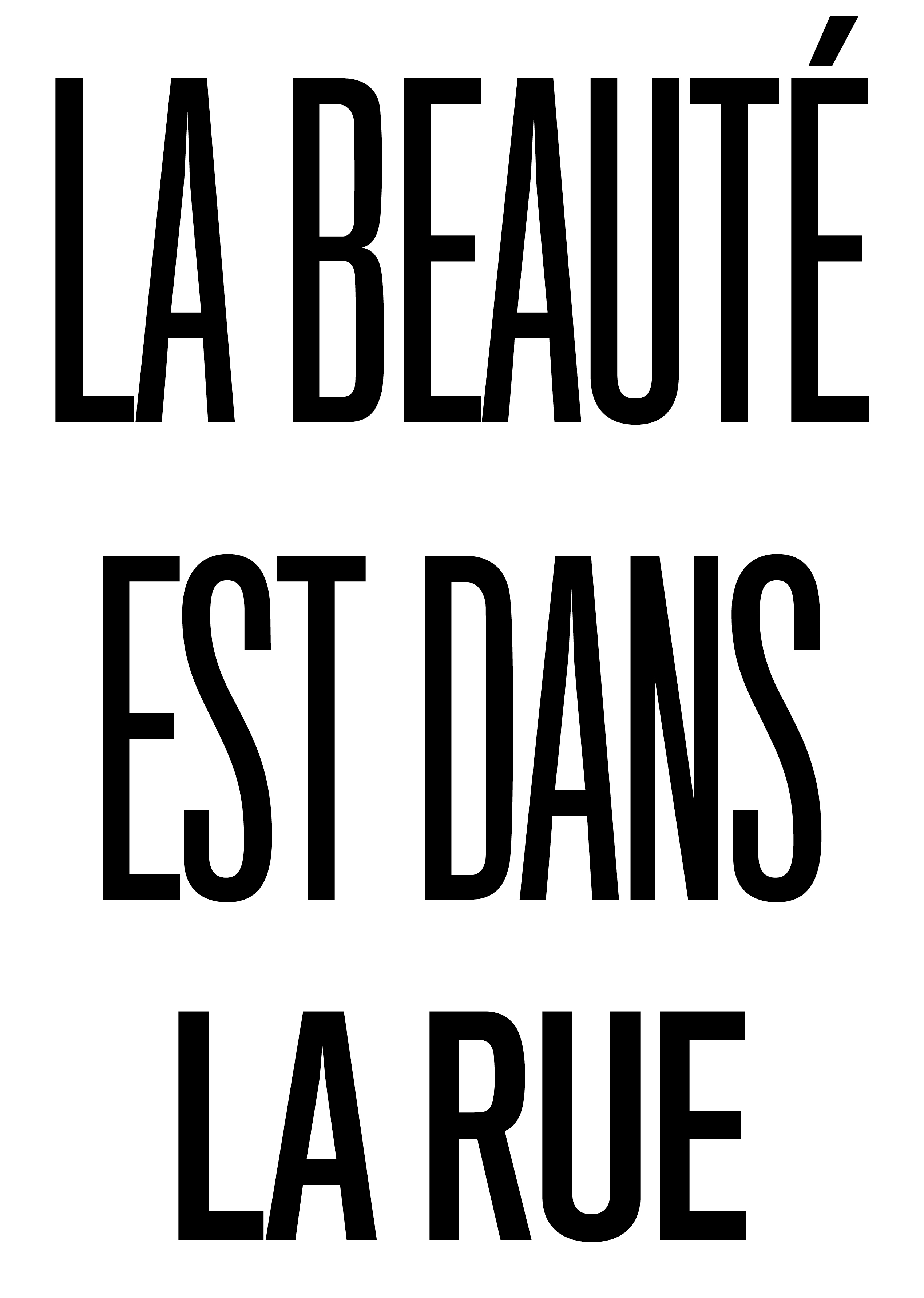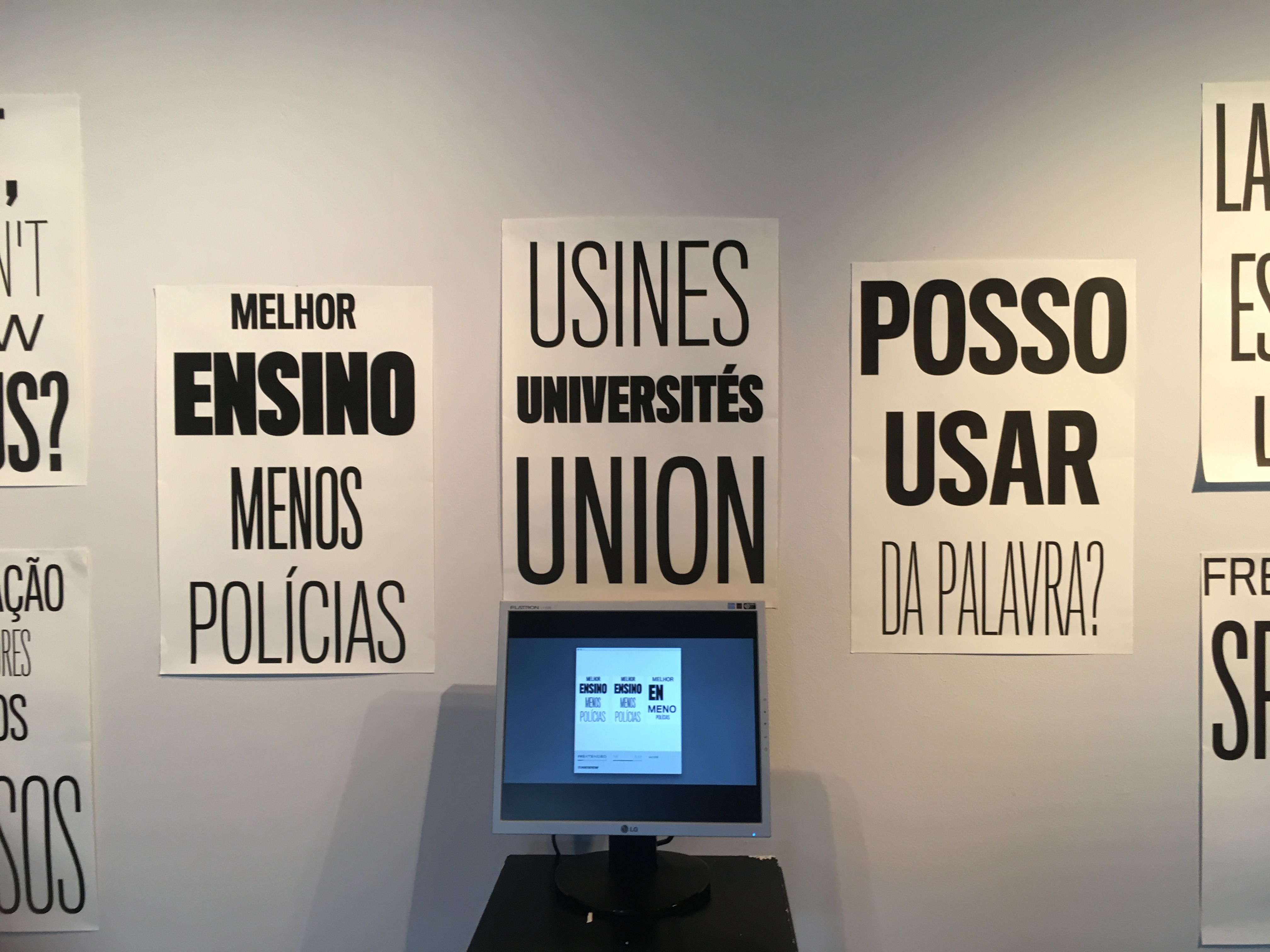With the industrial revolution, in the 19th century, poster reborn as a medium for multiple reproductions and mass communication. However, the design of these posters was not evolved a graphic designer (in the current sense of profession).
The posters were composed by a composer that — in consultation with the client — selected and composed the typography with the ornaments and the wood-engraved illustrations. Inspired in this work process, I decided to develop a posters’ composer that uses artificial intelligence (in this case, an evolutionary approach) to generate posters and consequently evaluate typographical posters.
Like in 19th-century, our posters are designed by a composer (our system) in consultation with the client (the user). Briefly, our system organizes a set of text boxes in order to design a poster.
For this, it generates a first set of posters (a population) based on the content given, by the user, in a text file. Next, it evaluates the candidate solutions and recombine them to generate new posters (new generations).
The user may guide the system for his/her typographic preferences. The system is composed of two main modules: the creator and the evaluator;The creator is responsible for design the candidate solutions.
For this, it employs three methods: (i) initialisation, that creates a new population in a random fashion; (ii) recombination, that creates new posters by combining two posters; and (iii) mutation, that randomly modifies the candidate solutions.
On the other hand, the evaluator is responsible for evaluating the quality of candidate solutions. For this, I projected a fitness function based on three components: composition; “design”; and clients’ satisfaction.
The global evaluation of posters is a balanced average of these three components. Each component has the weight, on average, of 33%, 47% and 50%, respectively. To evaluate the composition parameter, the system calculates the difference between the text boxes arrangement of the in-evaluation poster and a poster considered perfect by the system (i.
e. a poster fully composed with text boxes). In “design” parameter evaluation, the evaluator module sees if the typeface size is suitable to the text box. Finally, in client's satisfaction parameter, the system checks if the typeface used, in text boxes, is the same that the user chose.
If not, it computes the difference between the typeface used and the user desired typeface. To test the system, we developed a series of posters only using a typographic superfamily, the Titling Gothic FB designed by David Berlow (Font Bureau, 2005).
The posters' contents were retrieved from posters designed during the May 1968 events in France and in Coimbra's Academic Crisis of 1969 (Portugal). This work is developed under the supervision of Carlos M.
Fonseca, João Bicker and Penousal Machado.






